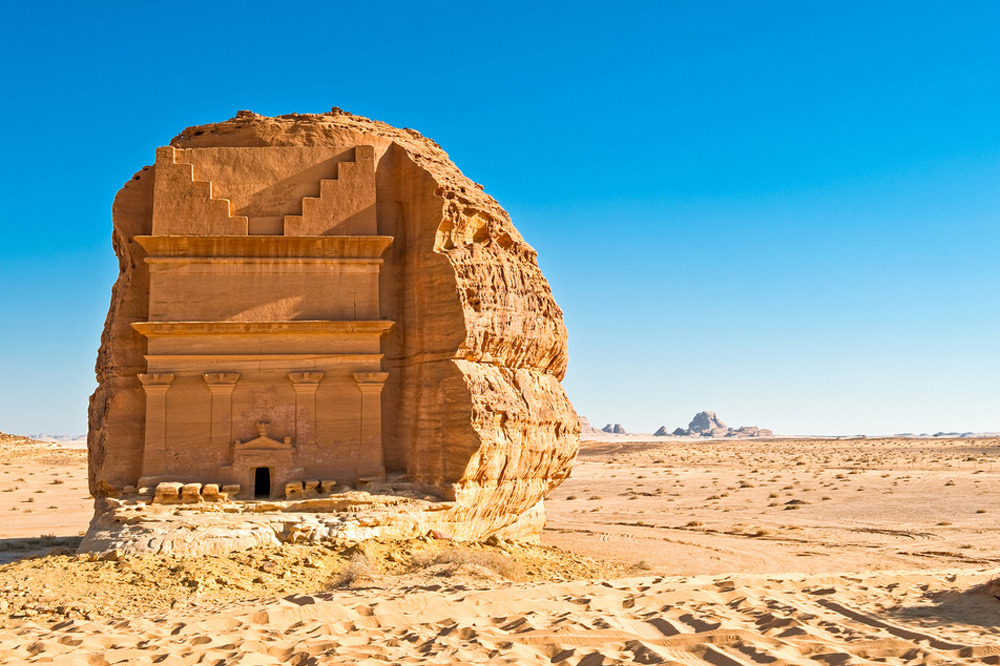
It’s no secret that Saudi Arabia has embarked on a journey towards reforming its economy, part of which has involved boosting its tourism sector. With this has come a string of pleasant surprises regarding its heritage and natural landscape. In a country that is globally perceived as just desert, Saudi Arabia has slowly revealed its natural and cultural treasures over the past year, from snow in its northern parts, untouched shores and green spaces, pristine waters and stunning wildlife, and breathtaking historical sites such as its latest revelation, Al Ula.

Al Ula is around five thousand years old. Renowned locally for its archaeological remnants, some over 2,000 years old, this ancient city was strategically located along the incense route, making it a key stop on the road between the Mediterranean and the Arab world, and far beyond to Asia and Africa. Saudi Arabia plans to open Al Ula’s centuries of rich history and potential hiking trails to the world in the next three to five years.
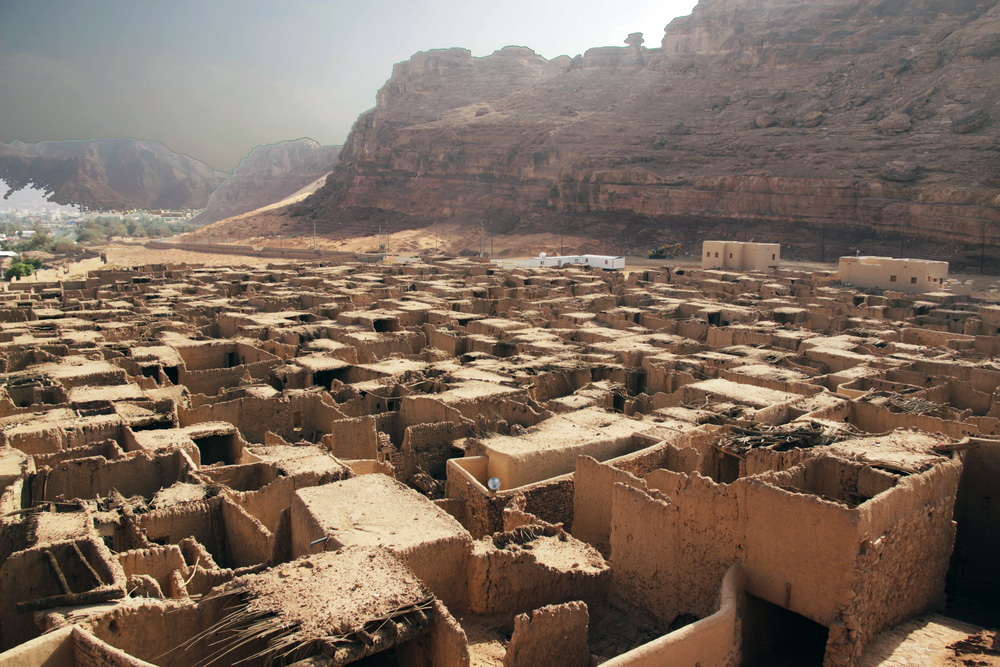

The province of Al-Ula is spread over 22,000 square kilometers of golden sandstone and oases. The region, which is roughly the size of Belgium, is home to a myriad of ancient sites and treasures and has been home to a number of civilizations. The news site points out that the Dadanites, the Lihyanites, and Nabateans ruled over Al Ula, and that evidence shows that the ancient Greeks and Romans may have also passed through the city. It is also believed that the Prophet Mohammed himself visited the Wadi Al-Qura in Al Ula valley a few times, both as a child and an adult.
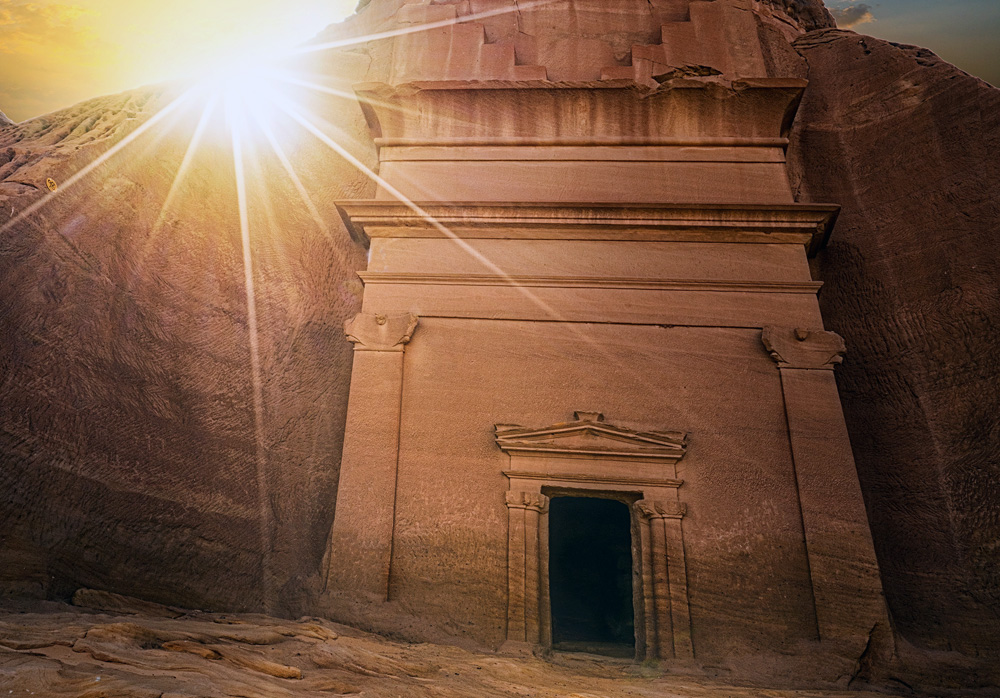
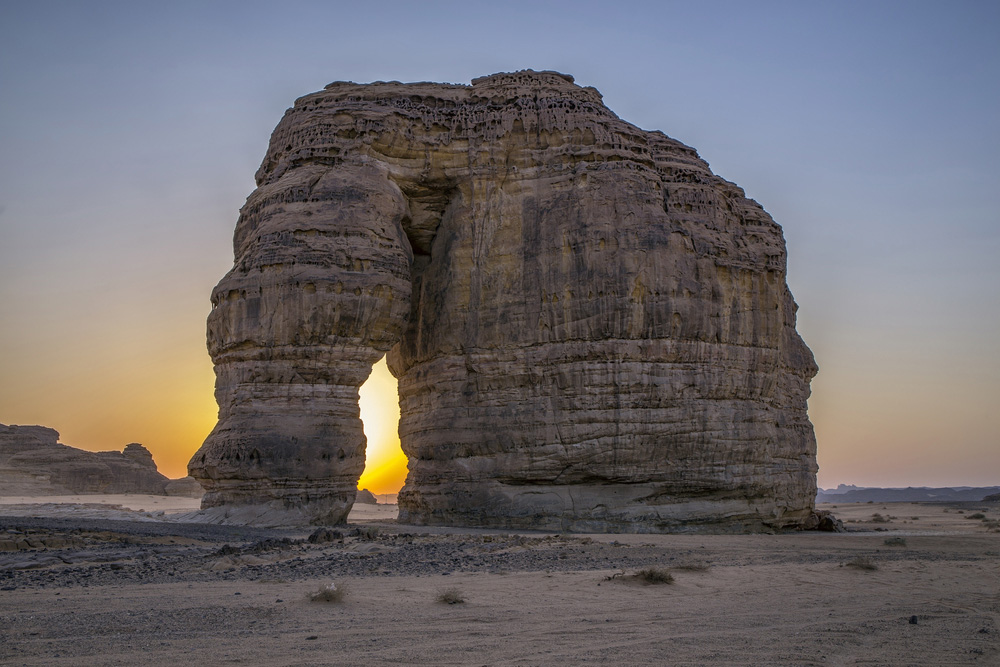
Today, a special royal commission has been set up to oversee the task of bringing Al Ula to world’s attention and developing tourism in the region. According to the chief executive of the Royal Commission on Al Ula, Amr Al-Madani, the preservation of the archeological sites and the development of tourism are equally important.

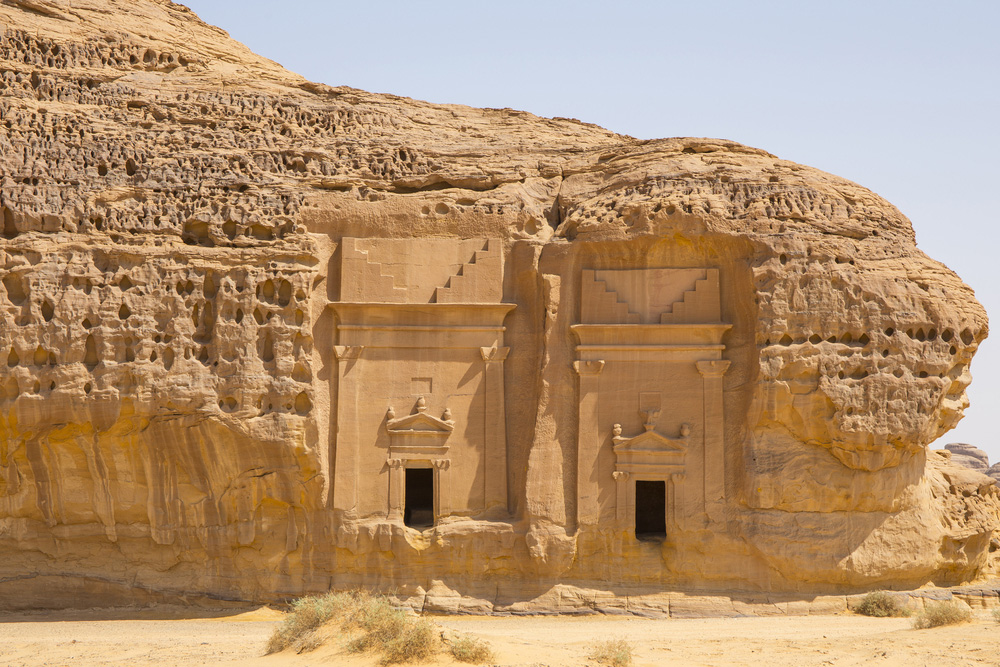
“We are in the lucky position of starting with a blank canvas so we can learn from the mistakes others have made in the past. What has lasted 5,000 years should not be ruined in 50. We are looking at sustainable tourism — both in the sense of respecting nature and also because we want our tourism industry to be long-term. We want to give visitors the best experience we can, balanced against the need to preserve the assets we have. We don’t want to be a case study for someone in the future looking at what went wrong,” he explained to the news site.

















